Is there a wrong way to talk about climate change? – Grist Magazine

In a provocative new book, Genevieve Guenther argues that too many conversations are happening on the fossil fuel industry’s terms….
Rancho Palos Verdes landslide is creating a new beach. ‘It’s unreal’ – the Los Angeles Times
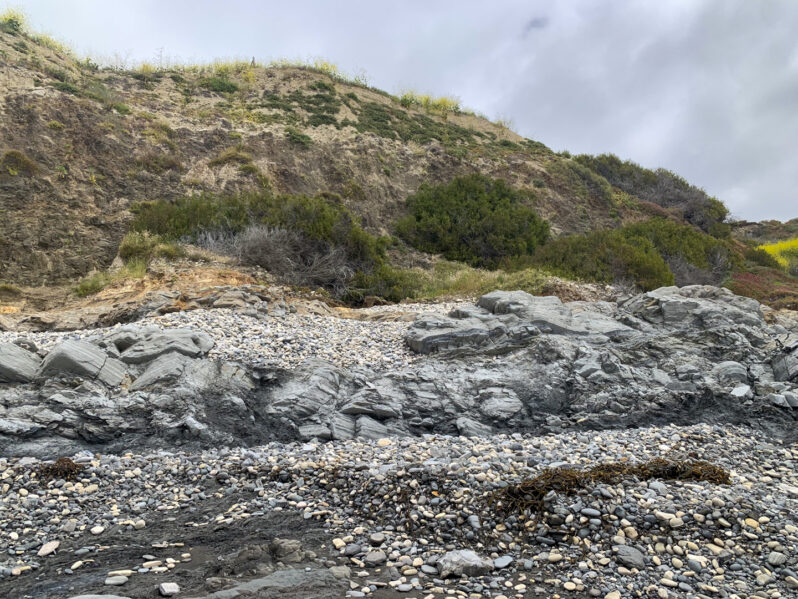
There’s an entirely new coastline in Rancho Palos Verdes…
The homeowner mutiny leaving Florida cities defenseless against hurricanes – Grist Magazine
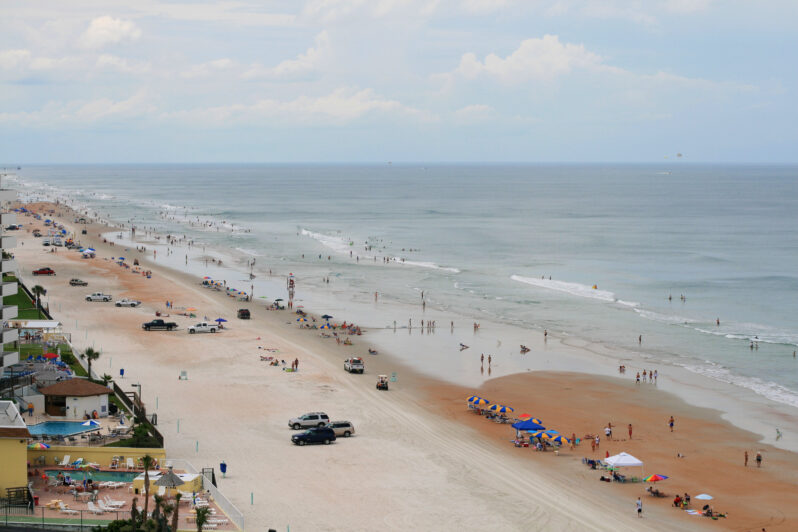
The Army Corps of Engineers won’t restore eroded beaches in Pinellas County unless homeowners agree to one condition: public access…
This Isn’t Your Grandparents’ Summer Heat – Scientific American

The face of summer is transforming, as people today face more frequent, longer-lasting and hotter heat waves than they did several decades ago…
Louisiana’s coast is sinking. Advocates say the governor is undermining efforts to save it – the Washington Times
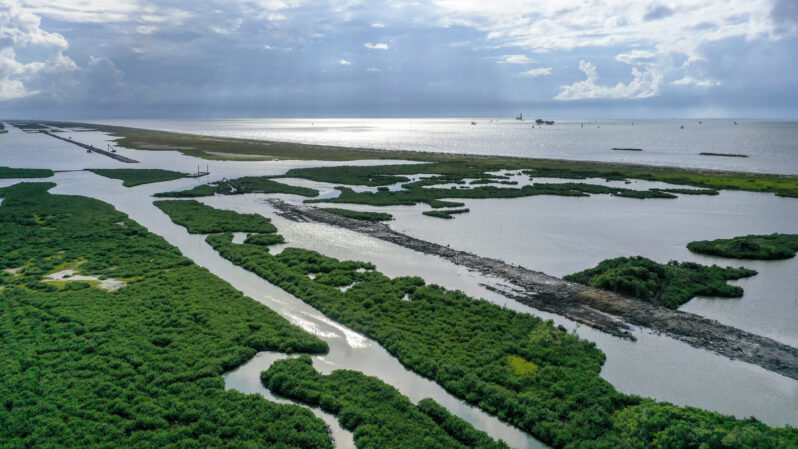
A new Republican governor is taking aim at the state’s coastal protection agency…
“The fear has properly set in”: how it feels to watch my home town disappear into the sea – the Guardian
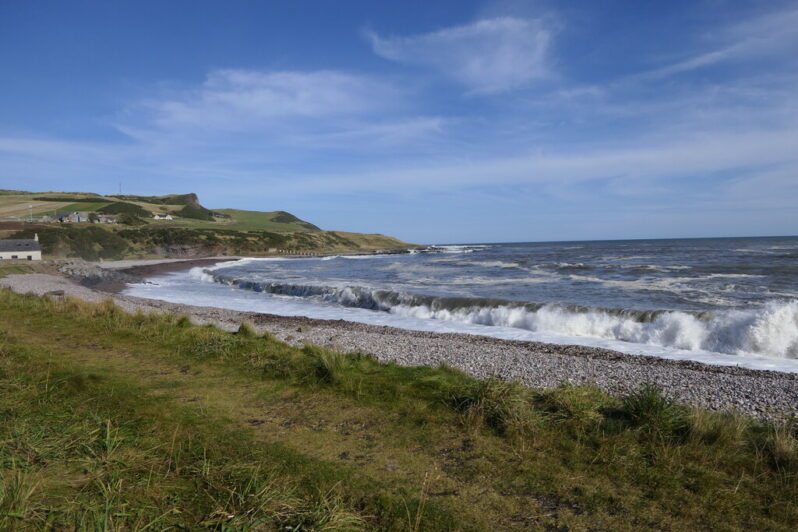
Inverbervie, on the north-east coast of Scotland, faces an existential threat, with storms carving away metres of shoreline. Can anything be done to save what is left?
DeSantis signs bill scrubbing ‘climate change’ from Florida law – the Washington Times

Climate advocates said the bill is a bid for national attention from a Republican governor eager to use global warming as a culture war issue..
The Precarious Future of Big Sur’s Highway 1 – the New Yorker
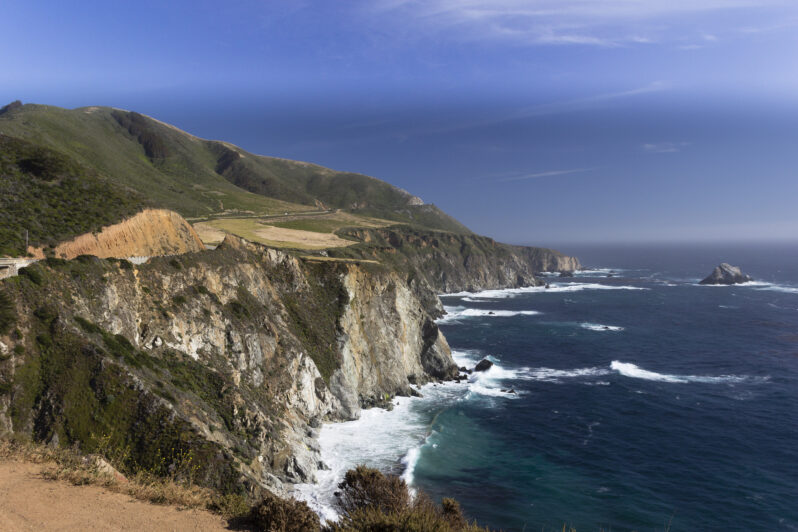
How climate change is threatening one of the country’s most famous roadways..
How is coastal erosion impacting life in San Diego? – NBC 7 San Diego
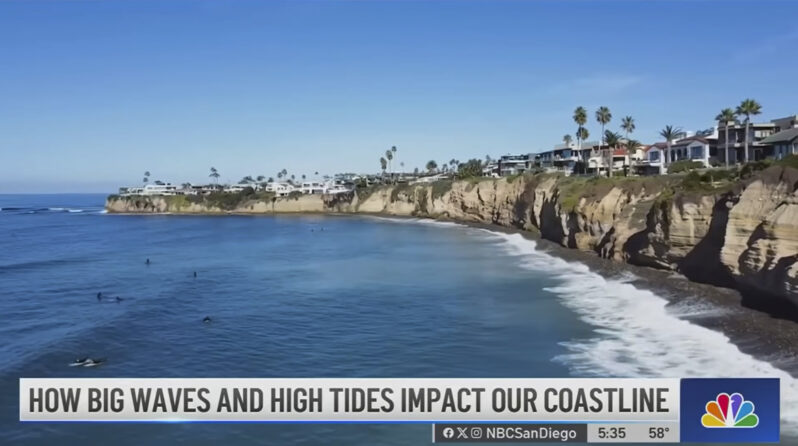
NBC 7 explores coastal erosion and the threat to people, property & infrastructure along San Diego’s coastline.
